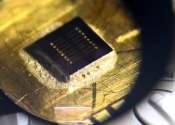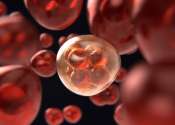Nanotubes, nanoparticles and antibodies detect tiny amounts of fentanyl
A research team at the University of Pittsburgh led by Alexander Star, a chemistry professor in the Kenneth P. Dietrich School of Arts and Sciences, has developed a fentanyl sensor that is six orders of magnitude more sensitive ...









